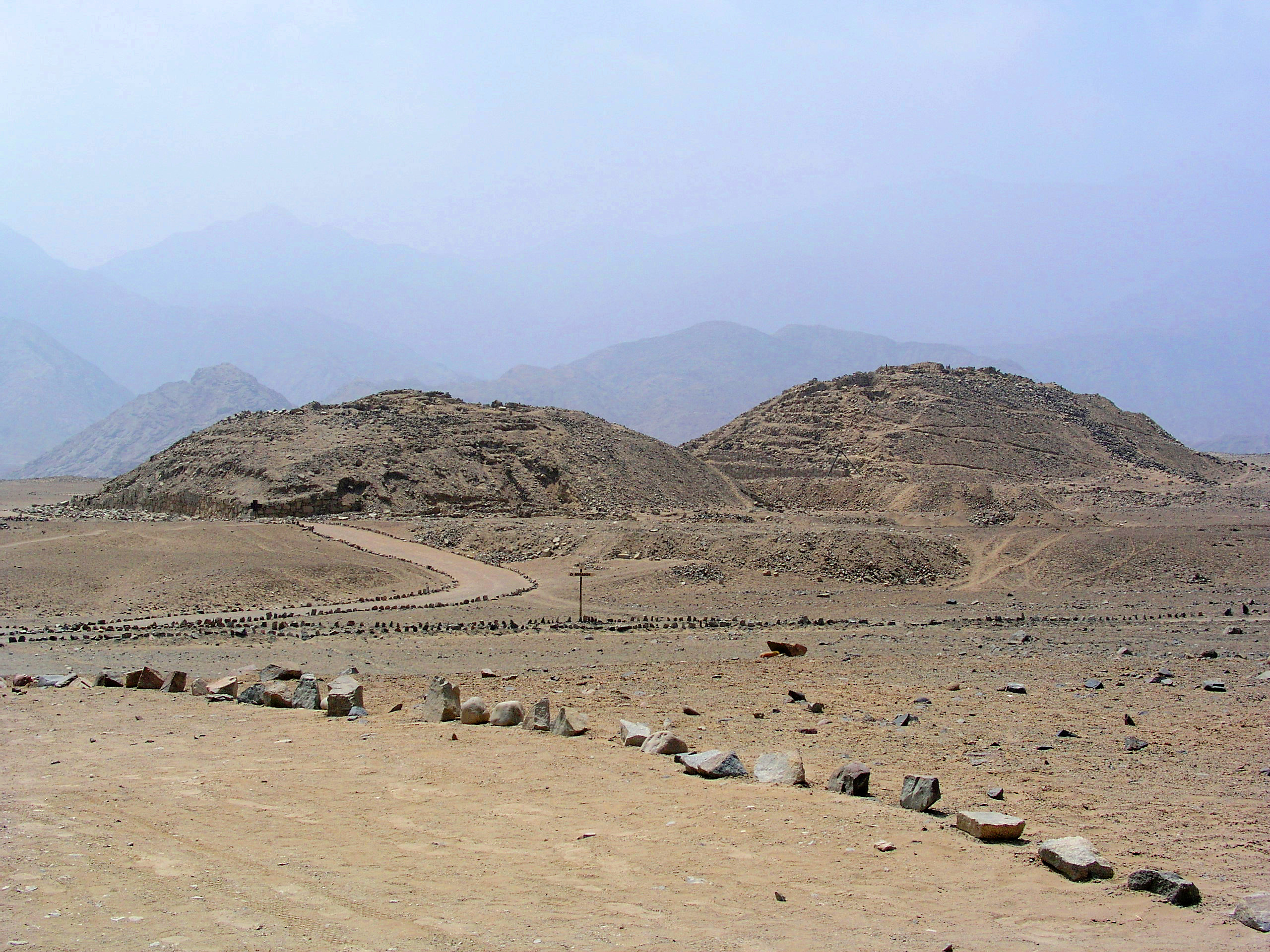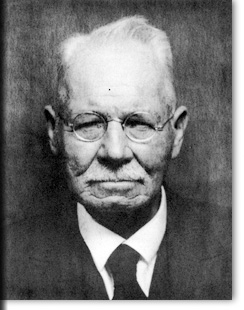|
Chinchorro Culture
The Chinchorro culture of South America was a preceramic culture that lasted from 9,100 to 3,500 years BP (7,000 to 1,500 BCE). The people forming the Chinchorro culture were sedentary fishermen inhabiting the Pacific coastal region of current northern Chile and southern Peru. Presence of fresh water in the arid region on the coast facilitated human settlement in this area. The Chinchorro were famous for their detailed mummification and funerary practices. The area of the Chinchorro culture started to receive influences from the Andean Plateau around 4,000 BP, which led to the adoption of agriculture. Much later, it came under the influence of the Tiwanaku Empire. In 2021, the Chinchorro culture was included in the World Heritage List. Etymology The Chinchorro culture is named after Chinchorro Beach (Spanish: ''Playa Chinchorro''), near Arica, Chile, where the first mummies were discovered. Geography The culture was spread across the arid coastal regions of the Atacama D ... [...More Info...] [...Related Items...] OR: [Wikipedia] [Google] [Baidu] |
Andean Preceramic
The Andean preceramic refers to the early period of human occupation in the Andean area of South America that preceded the introduction of ceramics. This period is also called pre-ceramic or aceramic. Earliest human occupations The earliest humans that came to South America are known as Paleo-Indians. This period is generally known as the Lithic stage. After this came the period that is widely known as Archaic, although there are also some different classifications of this period. The precise classification is complicated because somewhat different terminologies tend to be used for North America and Mesoamerica. The Andean preceramic period would include cultures that belong to Lithic and Archaic stages. Preceramic in Peru The Zaña Valley in northern Peru contains the earliest known canals in South America. These were small stone-lined canals which drew water from streams in the Andes Mountains region. These canals may have been built as early as 4700 BC. A great deal of a ... [...More Info...] [...Related Items...] OR: [Wikipedia] [Google] [Baidu] |
Caleta Camarones
Caleta Camarones is a town located in the extreme southwest of Arica and Parinacota Region, Chile Chile, officially the Republic of Chile, is a country in the western part of South America. It is the southernmost country in the world, and the closest to Antarctica, occupying a long and narrow strip of land between the Andes to the east a .... This is where the Camarones Valley ends, and where the Camarones River flows to the Pacific Ocean. The main economic activity is fishing. Attractions The beach and the wetlands of Caleta Camarones provide some scenic sights. In 2010, a monumental sculpture celebrating the Chinchorro Culture was inaugurated in the town as part of the bicentennial of the Chilean Republic. The sculpture is four and a half meters tall and weighs eight tons; it is located in the vicinity of the archaeological sites 'Camarones 14 and 15'. The work was inaugurated by the Mayor, and it aims to celebrate the Chinchorro Culture throughout Chile and worldwide. ... [...More Info...] [...Related Items...] OR: [Wikipedia] [Google] [Baidu] |
Before Christ
The terms (AD) and before Christ (BC) are used to label or number years in the Julian and Gregorian calendars. The term is Medieval Latin and means 'in the year of the Lord', but is often presented using "our Lord" instead of "the Lord", taken from the full original phrase "''anno Domini nostri Jesu Christi''", which translates to 'in the year of our Lord Jesus Christ'. The form "BC" is specific to English and equivalent abbreviations are used in other languages: the Latin form is but is rarely seen. This calendar era is based on the traditionally reckoned year of the conception or birth of Jesus, ''AD'' counting years from the start of this epoch and ''BC'' denoting years before the start of the era. There is no year zero in this scheme; thus ''the year AD 1 immediately follows the year 1 BC''. This dating system was devised in 525 by Dionysius Exiguus, but was not widely used until the 9th century. Traditionally, English follows Latin usage by placing the "AD" abbr ... [...More Info...] [...Related Items...] OR: [Wikipedia] [Google] [Baidu] |
Holocene
The Holocene ( ) is the current geological epoch. It began approximately 11,650 cal years Before Present (), after the Last Glacial Period, which concluded with the Holocene glacial retreat. The Holocene and the preceding Pleistocene together form the Quaternary period. The Holocene has been identified with the current warm period, known as MIS 1. It is considered by some to be an interglacial period within the Pleistocene Epoch, called the Flandrian interglacial.Oxford University Press – Why Geography Matters: More Than Ever (book) – "Holocene Humanity" section https://books.google.com/books?id=7P0_sWIcBNsC The Holocene corresponds with the rapid proliferation, growth and impacts of the human species worldwide, including all of its written history, technological revolutions, development of major civilizations, and overall significant transition towards urban living in the present. The human impact on modern-era Earth and its ecosystems may be considered of global si ... [...More Info...] [...Related Items...] OR: [Wikipedia] [Google] [Baidu] |
Late Pleistocene
The Late Pleistocene is an unofficial Age (geology), age in the international geologic timescale in chronostratigraphy, also known as Upper Pleistocene from a Stratigraphy, stratigraphic perspective. It is intended to be the fourth division of the Pleistocene Epoch within the ongoing Quaternary Period. It is currently defined as the time between c. 129,000 and c. 11,700 years ago. The Late Pleistocene equates to the proposed Tarantian Age of the geologic time scale, preceded by the officially ratified Chibanian (formerly known as Middle Pleistocene) and succeeded by the officially ratified Greenlandian. The estimated beginning of the Tarantian is the start of the Eemian interglacial period (Marine Isotope Stage 5). It is held to end with the termination of the Younger Dryas, some 10th millennium BC, 11,700 years ago when the Holocene Epoch began. The term Upper Pleistocene is currently in use as a provisional or "quasi-formal" designation by the International Union of Geological ... [...More Info...] [...Related Items...] OR: [Wikipedia] [Google] [Baidu] |
Quebrada Los Burros
Quebrada may refer to: Places Argentina * Quebrada de Las Flechas, a valley in the province of Salta in northern Argentina * Quebrada de Humahuaca, World Heritage, a valley in the province of Jujuy in northern Argentina * Quebrada de Luna, village in Argentina Bolivia * Quebrada Honda, a fossil site in southern Bolivia Brazil * Canoa Quebrada, a seaside resort in northeastern Brazil Chile * Quebrada del Nuevo Reino, a village in Pichilemu, Chile Colombia * Quebrada Limas, a small river in Bogotá Costa Rica * Quebrada Grande, village in Guanacaste, Costa Rica Puerto Rico *Quebrada, Camuy, Puerto Rico, a barrio * Quebrada, San Lorenzo, Puerto Rico, a barrio * Quebrada Arenas, Las Piedras, Puerto Rico, a barrio * Quebrada Arenas, Maunabo, Puerto Rico, a barrio * Quebrada Arenas, San Lorenzo, Puerto Rico, a barrio * Quebrada Arenas, Toa Alta, Puerto Rico, a barrio *Quebrada Arenas, Vega Baja, Puerto Rico, a barrio * Quebrada Arenas, San Juan, Puerto Rico, a barrio *Quebrada ... [...More Info...] [...Related Items...] OR: [Wikipedia] [Google] [Baidu] |
Quebrada Jaguay
Quebrada may refer to: Places Argentina * Quebrada de Las Flechas, a valley in the province of Salta in northern Argentina * Quebrada de Humahuaca, World Heritage, a valley in the province of Jujuy in northern Argentina * Quebrada de Luna, village in Argentina Bolivia * Quebrada Honda, a fossil site in southern Bolivia Brazil * Canoa Quebrada, a seaside resort in northeastern Brazil Chile * Quebrada del Nuevo Reino, a village in Pichilemu, Chile Colombia * Quebrada Limas, a small river in Bogotá Costa Rica * Quebrada Grande, village in Guanacaste, Costa Rica Puerto Rico *Quebrada, Camuy, Puerto Rico, a barrio * Quebrada, San Lorenzo, Puerto Rico, a barrio * Quebrada Arenas, Las Piedras, Puerto Rico, a barrio * Quebrada Arenas, Maunabo, Puerto Rico, a barrio * Quebrada Arenas, San Lorenzo, Puerto Rico, a barrio * Quebrada Arenas, Toa Alta, Puerto Rico, a barrio *Quebrada Arenas, Vega Baja, Puerto Rico, a barrio * Quebrada Arenas, San Juan, Puerto Rico, a barrio *Quebrada ... [...More Info...] [...Related Items...] OR: [Wikipedia] [Google] [Baidu] |
Quebrada Tacahuay
Quebrada may refer to: Places Argentina * Quebrada de Las Flechas, a valley in the province of Salta in northern Argentina * Quebrada de Humahuaca, World Heritage, a valley in the province of Jujuy in northern Argentina * Quebrada de Luna, village in Argentina Bolivia * Quebrada Honda, a fossil site in southern Bolivia Brazil * Canoa Quebrada, a seaside resort in northeastern Brazil Chile * Quebrada del Nuevo Reino, a village in Pichilemu, Chile Colombia * Quebrada Limas, a small river in Bogotá Costa Rica * Quebrada Grande, village in Guanacaste, Costa Rica Puerto Rico *Quebrada, Camuy, Puerto Rico, a barrio * Quebrada, San Lorenzo, Puerto Rico, a barrio * Quebrada Arenas, Las Piedras, Puerto Rico, a barrio * Quebrada Arenas, Maunabo, Puerto Rico, a barrio * Quebrada Arenas, San Lorenzo, Puerto Rico, a barrio * Quebrada Arenas, Toa Alta, Puerto Rico, a barrio *Quebrada Arenas, Vega Baja, Puerto Rico, a barrio * Quebrada Arenas, San Juan, Puerto Rico, a barrio *Quebrada ... [...More Info...] [...Related Items...] OR: [Wikipedia] [Google] [Baidu] |
Max Uhle
Friedrich Max Uhle (25 March 1856 – 11 May 1944) was a German archaeologist, whose work in Peru, Chile, Ecuador and Bolivia at the turn of the Twentieth Century had a significant impact on the practice of archaeology of South America. Biography Uhle was born in Dresden, Germany on 25 March 1856 and received his Ph.D. in 1880 from the University of Leipzig. He married Charlotte Grosse from Philadelphia, Pennsylvania, where he worked at the University of Pennsylvania for several years. Trained as a philologist, Uhle became interested in Peru while a curator at Dresden Museum. In 1888, a close friend, Alphons Stübel, who had recently published an article on the history of Peruvian archaeology, suggested Uhle concentrate his studies on that region. He first traveled to South America in 1892 to initiate research in Argentina and Bolivia for the Konigliches Museum fur Völkerkunde in Berlin, Germany. In that same year he published ''"The Ruins of Tiahuanaco in the Highlands of Ancie ... [...More Info...] [...Related Items...] OR: [Wikipedia] [Google] [Baidu] |
Type Site
In archaeology, a type site is the site used to define a particular archaeological culture or other typological unit, which is often named after it. For example, discoveries at La Tène and Hallstatt led scholars to divide the European Iron Age into the La Tène culture and Hallstatt culture, named after their respective type sites. The concept is similar to type localities in geology and type specimens in biology. Notable type sites East Asia *Banpo (Yangshao culture, Neolithic Yangshao culture, China) * Liangzhu Town, near Hangzhou (Liangzhu culture, Neolithic, China) *Songguk-ri (Middle Mumun culture, southern Korea) * Suemura cluster of kilns – Kilns of Sue pottery (Middle and Late Kofun period, Osaka, Japan) * Sanage cluster of kilns — Kilns of and (Nara and Heian period, Aichi Prefecture, Japan) Europe *a river terrace of the River Somme (Abbeville, France), of the Abbevillian culture *Aurignac (Haute Garonne, France), of the Aurignacian culture *Hallstatt (Salzk ... [...More Info...] [...Related Items...] OR: [Wikipedia] [Google] [Baidu] |





